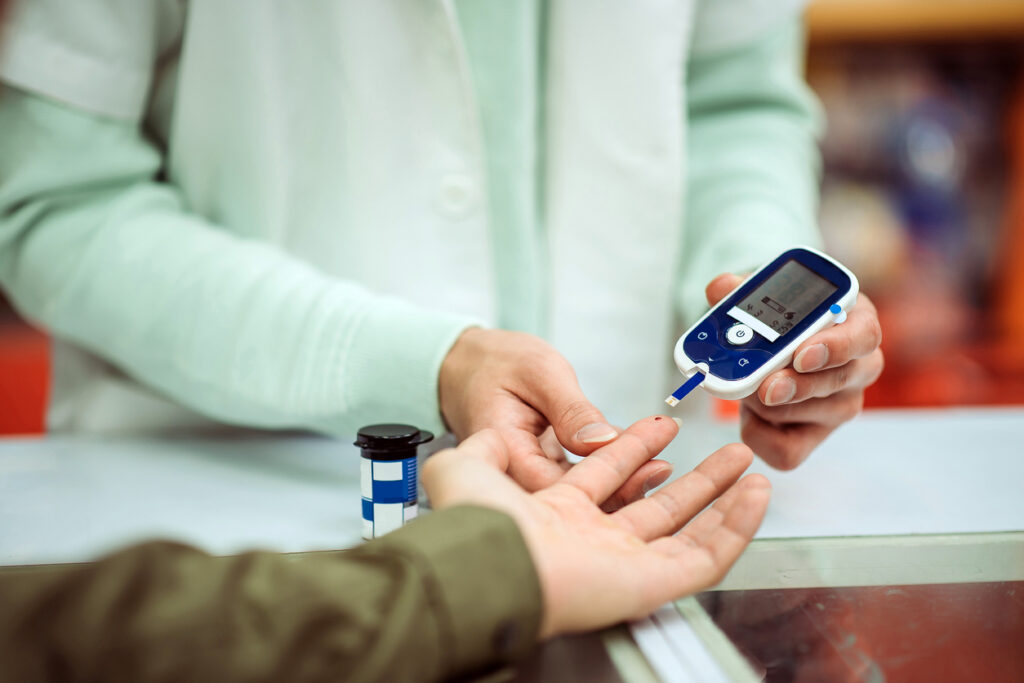Radiofrequency ablation
Radiofreqency ablation is a surgical treatment that uses heat to destroy abnormal tissue in the body. It is an established treatment option for treating heart rhythm diseases. However currently it can be used to treat tumour, such as liver cancer. It can be used as treatment for cancer spreading to the liver as palliative purposes. The indications for using radiofrequency tumour ablation for treating liver cancer are strict. It has to be used in patients where the cancer cannot be surgically removed.
Radiofrequency tumour ablation acts by using a high frequency alternating current moving from the tip of an electrode into the tissue surrounding the electrode. This will cause the temperature of the tissue in the liver to rise. When the temperature reaches beyond 60 degrees Celsius, the cell begin to die. This is the principle of radiofrequency tumour ablation.
The Procedure
Before the procedure, consent will be obtained from the patient. Because this involves general anaesthetics, the patient will need a pre-operative assessment from the doctor. This means that a doctor see the patient before the procedure to make sure that the patient is fit and well to tolerate the treatment. Clinical history, physical examination and routine blood tests will be done.
On the day before the procedure, like any operation involving general anaesthesia, the patient:
- Will need to stay in the hospital the night before the procedure.
- Must not eat or drink anything after midnight.
- May be given a sedative (such as benzodiazepines) to relieve anxiety and achieve calming effect.
The procedure itself will be under general anaesthesia, where it will be done by a radiologist specially trained to do such procedure. It lasts 1 to 3 hours depending on many factors. For the procedure, a needle electrode will be inserted into the liver, either through the skin, through a small key-hole made in the tummy, or through an open tummy. The placement of the needle into the tumour site is guided by ultrasound. After the procedure, like any other patients after operation, patients might have mild complications including pain at the insertion site, drowsy, nausea, vomiting, lethargy, etc. A CT will be done the next morning, and repeated 6-8 weeks later depending on the specialists’ decision. This is to monitor the effect of this treatment on the disease.
Complications:
Like all medical procedures, this has its risks. Radiofrequency tumour ablation is a well-tolerated technique in general, but serious complications can occur. The complications that can occur include:
- Post-ablation syndrome: the patient may have flu-like symptoms such as lethargy, mild fever, arthralgia, generalised fatigue, etc.
- Organ damage: rarely, the organs that lie next to the liver, such as stomach, gallbladder, and colon may be damaged by the heat generated during the therapy.
- Bleeding: significant bleed occurs uncommonly. Transfusion may be needed. Sometimes a CT will be done on the tummy to find where the bleeding comes from so that further treatment can be given.
References
- King’s College Hospital: Radiofrequency Ablation (FRA) Under General Anaesthetic, Information for patients [online]. 2005. [Cited 2005 September 25th]. Available from: URL: http://www.kingsch.nhs.uk/patient/leaflets/pdf/Clinical/RA004.pdf.
- Up To Date: Nonsurgical therapies for localized hepatocellular carcinoma [online]. 2005. [Cited 2005 September 25th]. Available from: URL: http://www.utdol.com/application/topic.asp file=gicancer/16195&type=A&selectedTitle=9~78.
All content and media on the HealthEngine Blog is created and published online for informational purposes only. It is not intended to be a substitute for professional medical advice and should not be relied on as health or personal advice. Always seek the guidance of your doctor or other qualified health professional with any questions you may have regarding your health or a medical condition. Never disregard the advice of a medical professional, or delay in seeking it because of something you have read on this Website. If you think you may have a medical emergency, call your doctor, go to the nearest hospital emergency department, or call the emergency services immediately.







